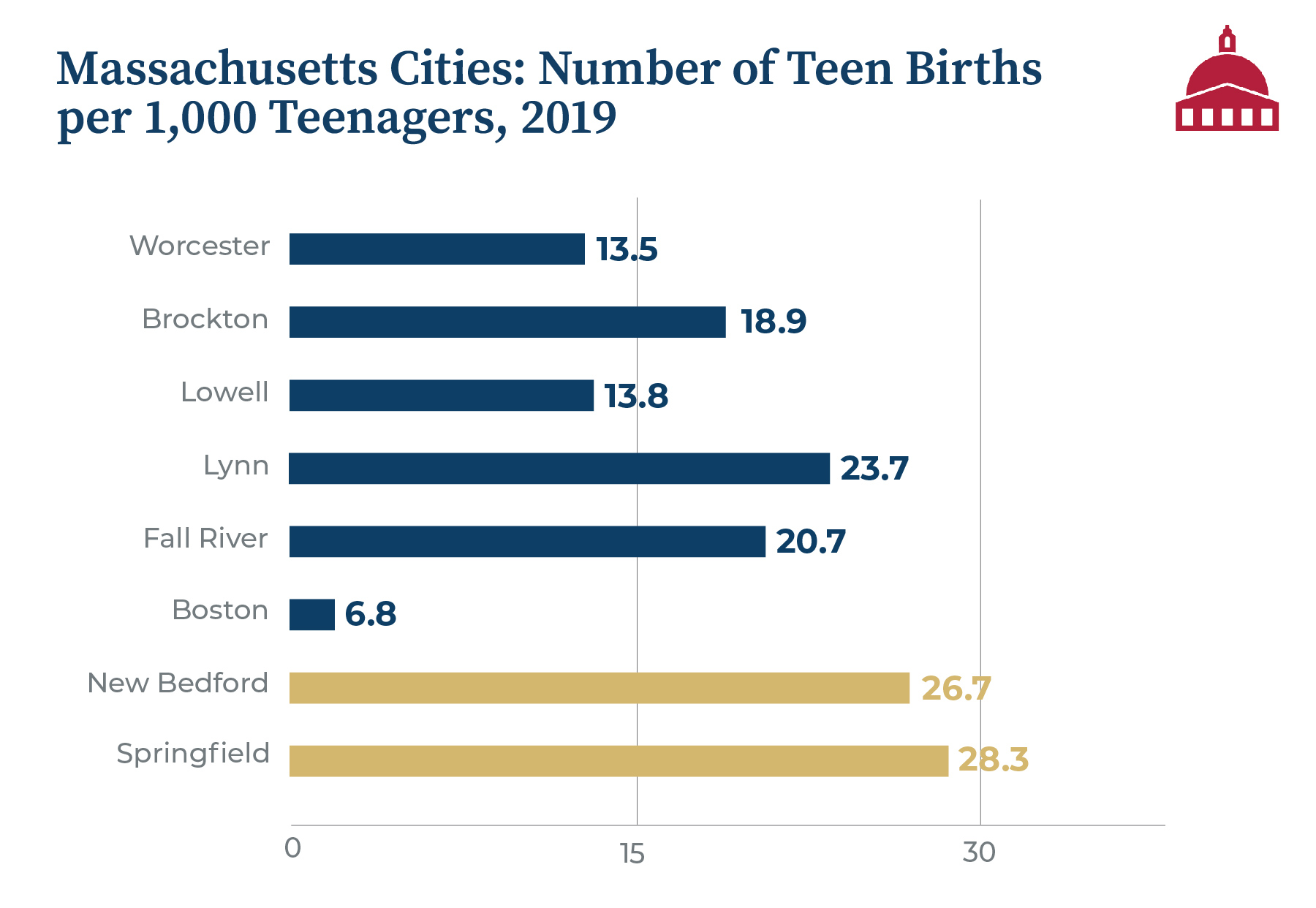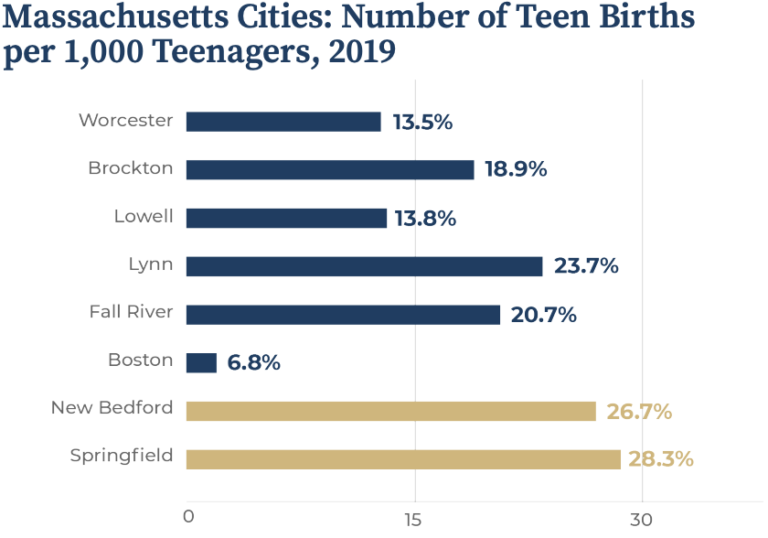
Young women from fatherless families are more likely to become teen mothers

Young women from fatherless families are more likely to become teen mothers
“… [F]ather absence places daughters at special risk for early sexual activity and adolescent pregnancy.”
B.J. Ellis et al, (2003). “Does Father Absence Place Daughters at Special Risk for Early Sexual Activity and Teenage Pregnancy?” Child Development, 74: 801–821.
Young women who become mothers when they are teenagers are less likely to attain a high school diploma or college degree and achieve economic security. Unmarried adolescent mothers are more likely to be poor and welfare dependent than young women from similar backgrounds who delay childbearing. When daughters of poor single women then have babies as unmarried adolescents themselves, the wheel of persistent poverty keeps turning.
Large-scale longitudinal studies that have followed national samples of youth from adolescence into adulthood have found that young women from fatherless families are more than twice as likely to become teen mothers as those from mother-father families. Girls whose father was never present or whose father left home at an early age were especially at risk, becoming pregnant as teenagers at a rate five to seven times that of girls with a father in the home.

In the National Longitudinal Survey of Youth (NLSY), 27 percent of young women from fatherless families became mothers as teenagers, compared with 11 percent of young women from two-parent families. Thirteen percent of the women from fatherless families were unmarried teens when they gave birth for the first time, versus 6 percent of those from motherfather families. These contrasts were adjusted for related risk factors such as low parent education and family income levels and minority ethnic background.
Having married parents reduces the chances of a young woman becoming a teen mother even in households with very low levels of education. In the NLSY sample, young women whose mothers have less than a high-school education and whose mothers are unmarried are especially vulnerable to giving birth before age twenty. Forty-four percent of white women from such backgrounds became teen mothers, as did 45 percent of black women and 46 percent of Hispanic women with similar family backgrounds. These rates of teen parenthood were one-and-a-half to two times higher than those for young women whose parents had low education levels but were married to one another. This demonstrates that the problem of unwed teen pregnancy will not be solved by education alone but rather requires the intergenerational support of marriage.


Once again, in communities where marriage is in decline, the damaging effects of multigenerational fatherlessness are the most ominous. Rates of birth to teen mothers are far higher in Massachusetts cities with high proportions of single-parent families than in cities with relatively low concentrations of single-parent families. For example, in Springfield in 2019, there were 28 teen births per 1,000 women aged 15-19 in the city’s population, whereas, in Waltham, where more than three-quarters of children are in homes with married parents, there were 5 teen births per 1,000 young women in the same age range. In New Bedford in the same year, there were 27 teen births per 1,000 young women. In Lawrence there were 33 per 1,000 young women, but only 9 in Revere, where the rate of fatherlessness is closer to one in four.

Once again, in communities where marriage is in decline, the damaging effects of multigenerational fatherlessness are the most ominous. Rates of birth to teen mothers are far higher in Massachusetts cities with high proportions of single-parent families than in cities with relatively low concentrations of single-parent families. For example, in Springfield in 2019, there were 28 teen births per 1,000 women aged 15-19 in the city’s population, whereas, in Waltham, where more than three-quarters of children are in homes with married parents, there were 5 teen births per 1,000 young women in the same age range. In New Bedford in the same year, there were 27 teen births per 1,000 young women. In Lawrence there were 33 per 1,000 young women, but only 9 in Revere, where the rate of fatherlessness is closer to one in four.
Click here to download a complete PDF version of the report.